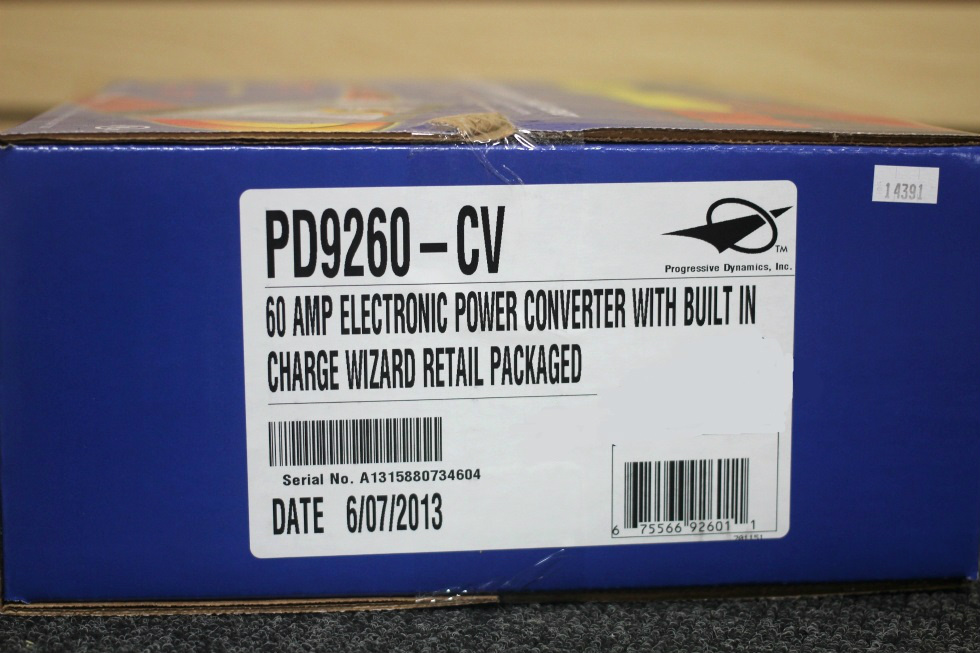
There is nothing wrong with a built in Converter Charger as long as it’s a Smart one! We like the flexibility of having our Smart Converter Charger separate from our Inverter just in case one of the devices malfunctions.
#30 amp rv power converter charger install#
One point of “controversy” is: Should the Converter Charger be built into the inverter or separate? Some inverter manufacturers install a Smart Converter Charger directly into the inverter while others do not. In contrast a “ Dumb Charger” has one charging stage that will continuously keep the RV batteries around 13.7 Volts (or 70% full) and never give the batteries a full charge. Equalize – Supercharges the Battery Voltage to remove any sulfur build up that can accumulate on the battery plates (having sulfur build up reduces battery life and quality of charge). Float – Keeps the batteries “topped up” at a lower voltage (around 13.7 V) to prevent electrolyte loss by overheating or “boiling out” the water in the battery.Ĥ. Absorption – Tapers the charge amperage down and slowly charges the last 10-20% of the battery before going into float mode.ģ. Bulk uses the max amperage of the charger and this is where a higher Amp charger will give you a faster charge.Ģ. Bulk – The main part of the charging cycle that quickly gets batteries up to a near 90% charge.

Here’s the breakdown on the all important charging stagesġ.
#30 amp rv power converter charger upgrade#
The takeaway: A high quality, 4 stage Smart Converter Charger is a worthy upgrade no matter what type of RV you are in, new or old. Here is my kindergarten flip chart side-by-side comparison of a Smart vs. The worst part of all is the RV batteries never get a quality charge so they don’t last as long. This causes RV’ers to run their generators more often for longer periods of time or stay plugged into campground shore power. Many new RVs, from towables to class A motorhomes, come standard with a “Dumb” Converter Charger because it’s less expensive. Also our experience, and this post, is limited to the kind of batteries installed on most RVs: Flooded (or “wet cell”). In theory if you have ample solar power and plenty of sun you could ditch your Converter Charger (I would not recommend this as nature doesn’t always cooperate). Just a reminder, a Converter Charger is only necessary while charging the RV batteries when plugged into shore power or while using the generator. What did you think? Did you learn anything new or should we just use the flip chart as fire starter?


 0 kommentar(er)
0 kommentar(er)
